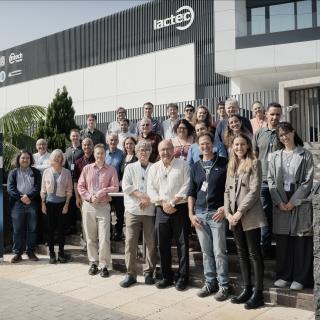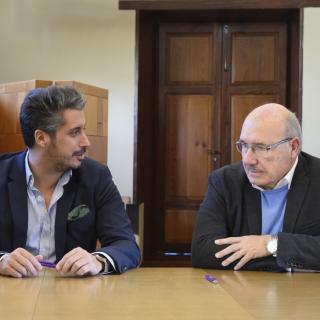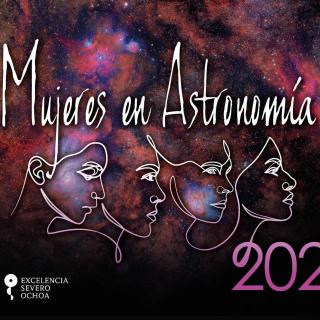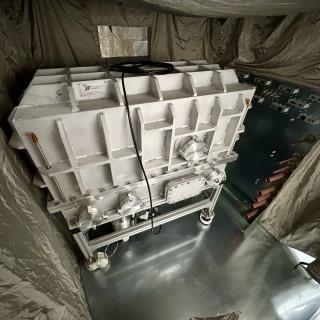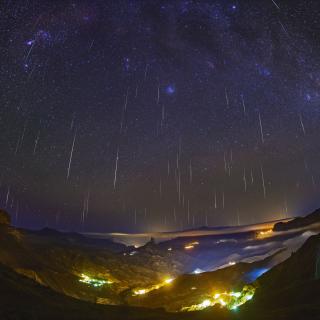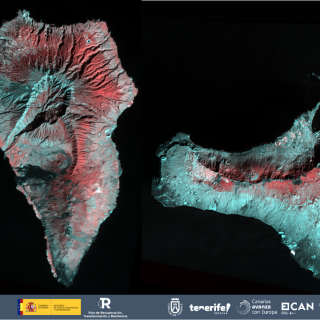
The first satellite developed by the Instituto de Astrofísica de Canarias,, which was launched into space last December, has sent back its first images. The quality of the observations shows the perfect performance of its DRAGO-2 infrared camera. The pointing test of its laser optical communications module has also been successfully carried out, making it the first Spanish satellite to use this technology. Today, at a press conference, the first images obtained with the ALISIO-1 satellite (Advanced Land-Imaging Satellite for Infrared Observations), an Earth observation satellite whose
Advertised on
